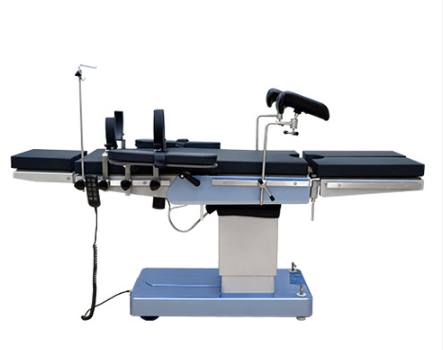The application of carbon fiber in drones: disruptive innovation, leading a new era of flight
- May-07-2025
- (112) Views
With the rapid development of science and technology, drone technology has gradually penetrated into every aspect of our lives. From aerial photography to logistics and distribution, from environmental monitoring to agricultural plant protection, the application fields of drones are increasingly widespread. However, to achieve efficient, stable, and safe flight of UAVs, material selection is crucial. Today, I would like to introduce to you a disruptive and innovative material - carbon fiber. Its application in the field of drones will lead to a new era of flight.
1. Carbon fiber: light as a feather, strong as a rock
Carbon fiber, this amazing material, has attracted much attention for its light weight and high strength. It has low density but excellent tensile strength and compressive strength, making it widely used in many fields. In the field of drones, the application of carbon fiber has played a huge advantage.
First of all, the lightweight properties of carbon fiber greatly reduce the overall weight of the drone. Traditional drones are mostly made of metal or plastic materials. Although they can meet basic flight needs, they have major limitations in terms of weight. The addition of carbon fiber makes the drone body lighter, thereby reducing energy consumption during flight and improving flight efficiency.
Secondly, the high strength properties of carbon fiber provide a strong guarantee for the structural safety of drones. During the flight, the drone needs to withstand various complex airflows and flight attitude tests. The high-strength properties of carbon fiber make the drone's body more solid and durable, able to withstand the erosion of various harsh environments and ensure flight safety.
2. Carbon fiber drone: excellent performance and wide application
The application of carbon fiber in the field of drones is not only reflected in the fuselage structure, but also involves the power system, wing design and other aspects of the drone. This gives carbon fiber drones excellent advantages in performance and a wider range of applications.
In terms of performance, the flight speed, climbing ability, hovering stability and other aspects of carbon fiber drones have been significantly improved. The lightweight properties of carbon fiber allow UAVs to use more efficient and lightweight engines and batteries in their power systems, thereby increasing flight speed and endurance. At the same time, the high-strength properties of carbon fiber also make the wing design of drones more flexible and diverse, and can better adapt to various flight needs.
In terms of applications, the wide applicability of carbon fiber drones allows it to play an important role in multiple fields. In the field of aerial photography, the lightweight body and stable performance of carbon fiber drones enable it to easily cope with various complex shooting environments and capture clearer and more stable images. In the field of logistics and distribution, the high efficiency and speed of carbon fiber drones make it a powerful tool to solve the "last mile" distribution problem. In the fields of environmental monitoring and agricultural plant protection, the wide application of carbon fiber drones has also provided strong support for the development of these fields.
3. Future prospects of carbon fiber drones
With the continuous advancement of technology and the continuous optimization of carbon fiber materials, carbon fiber drones will usher in broader development prospects in the future.
First of all, carbon fiber drones will achieve greater breakthroughs in intelligence. With the continuous development of artificial intelligence technology, drones will be able to achieve more precise flight control and mission execution. The lightweight and high-strength properties of carbon fiber will provide strong support for the intelligence of drones, allowing drones to better adapt to various complex environments and mission requirements.
Secondly, carbon fiber drones will achieve greater improvements in endurance. At present, the endurance of drones is still an important factor restricting their application. The lightweight properties of carbon fiber give UAVs more possibilities in terms of power system optimization. In the future, it is expected that the endurance of UAVs will be significantly improved by using more efficient power systems and battery technologies.
In addition, carbon fiber drones will also make more progress in multi-functional integration. With the continuous development of drone technology, future drones will not only be a simple flying platform, but also an intelligent system integrating a variety of sensors, communication equipment and mission modules. The high strength and high stability of carbon fiber will enable UAVs to better carry and integrate these functional modules and achieve more complex and diverse mission execution.
In short, the application of carbon fiber in the field of drones will lead to a new era of flight. Its lightweight and high-strength characteristics provide strong support for the performance improvement and application expansion of drones. With the continuous advancement of technology and the continuous optimization of carbon fiber materials, I believe that carbon fiber drones will play a more important role in the future, bringing more convenience and surprises to our lives!
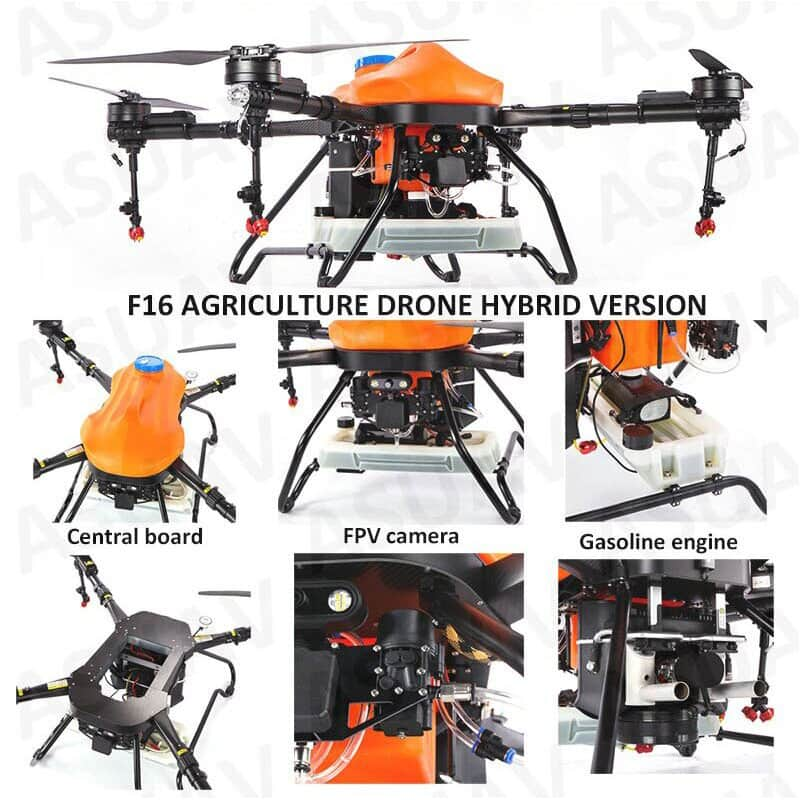


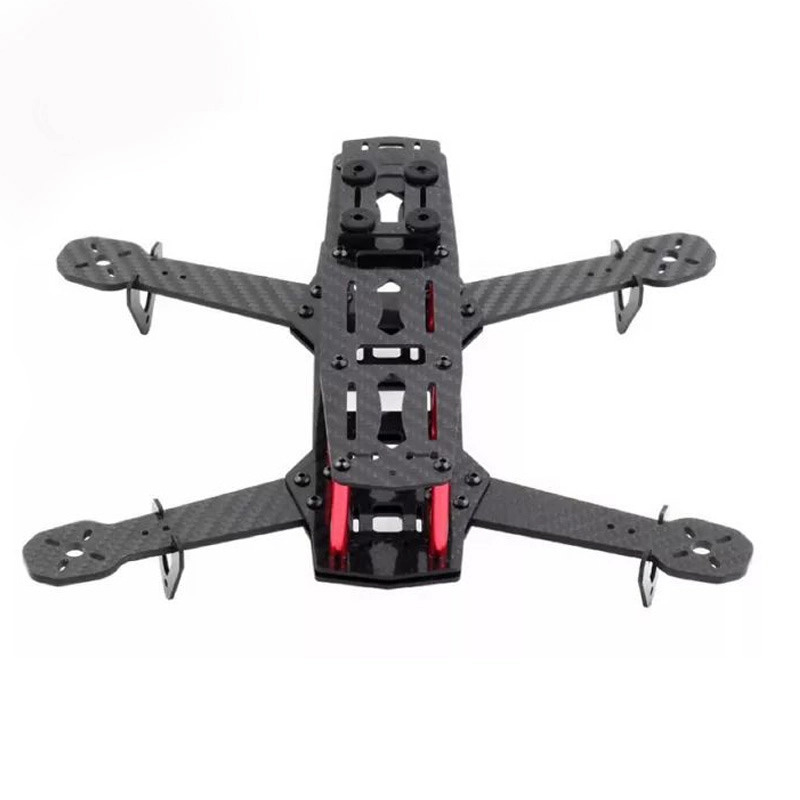
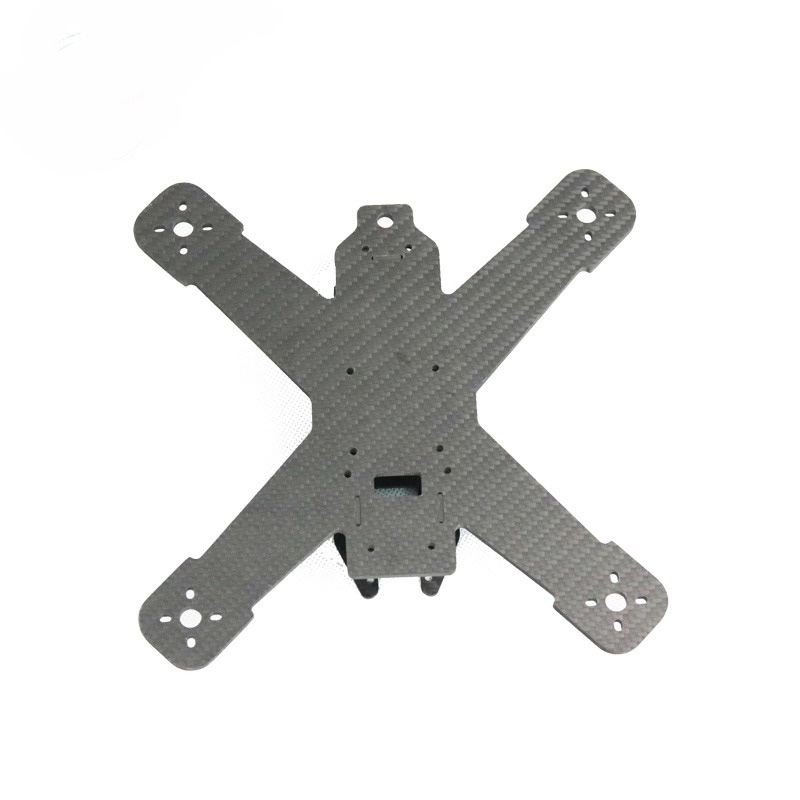
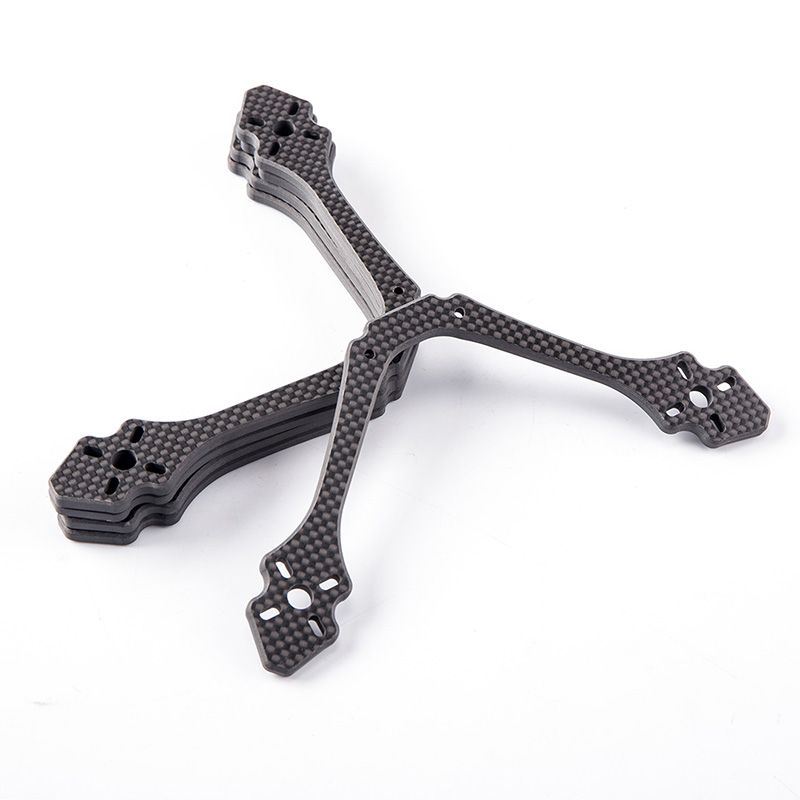
 English
English

